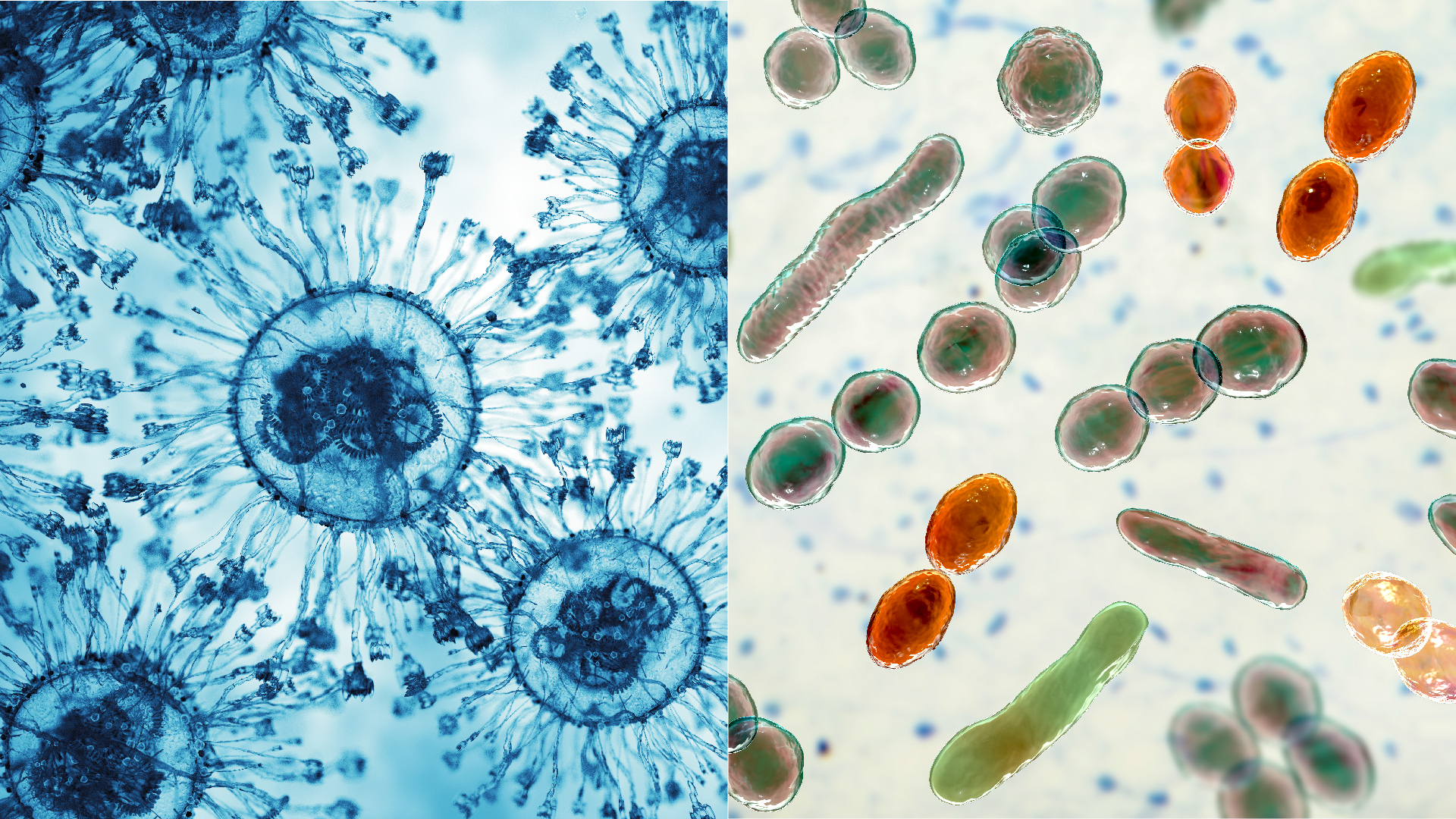Sensors, Vol. 23, Pages 8437: A Fine-Grained Semantic Alignment Method Specific to Aggregate Multi-Scale Information for Cross-Modal Remote Sensing Image Retrieval
Sensors doi: 10.3390/s23208437
Authors: Fuzhong Zheng Xu Wang Luyao Wang Xiong Zhang Hongze Zhu Long Wang Haisu Zhang
Due to the swift growth in the scale of remote sensing imagery, scholars have progressively directed their attention towards achieving efficient and adaptable cross-modal retrieval for remote sensing images. They have also steadily tackled the distinctive challenge posed by the multi-scale attributes of these images. However, existing studies primarily concentrate on the characterization of these features, neglecting the comprehensive investigation of the complex relationship between multi-scale targets and the semantic alignment of these targets with text. To address this issue, this study introduces a fine-grained semantic alignment method that adequately aggregates multi-scale information (referred to as FAAMI). The proposed approach comprises multiple stages. Initially, we employ a computing-friendly cross-layer feature connection method to construct a multi-scale feature representation of an image. Subsequently, we devise an efficient feature consistency enhancement module to rectify the incongruous semantic discrimination observed in cross-layer features. Finally, a shallow cross-attention network is employed to capture the fine-grained semantic relationship between multiple-scale image regions and the corresponding words in the text. Extensive experiments were conducted using two datasets: RSICD and RSITMD. The results demonstrate that the performance of FAAMI surpasses that of recently proposed advanced models in the same domain, with significant improvements observed in R@K and other evaluation metrics. Specifically, the mR values achieved by FAAMI are 23.18% and 35.99% for the two datasets, respectively.

 1 year ago
23
1 year ago
23


